NASA Announced Three Lunar Landers That Will Collect Data For Future Moon Bases
Indira Datta - Jun 28, 2019
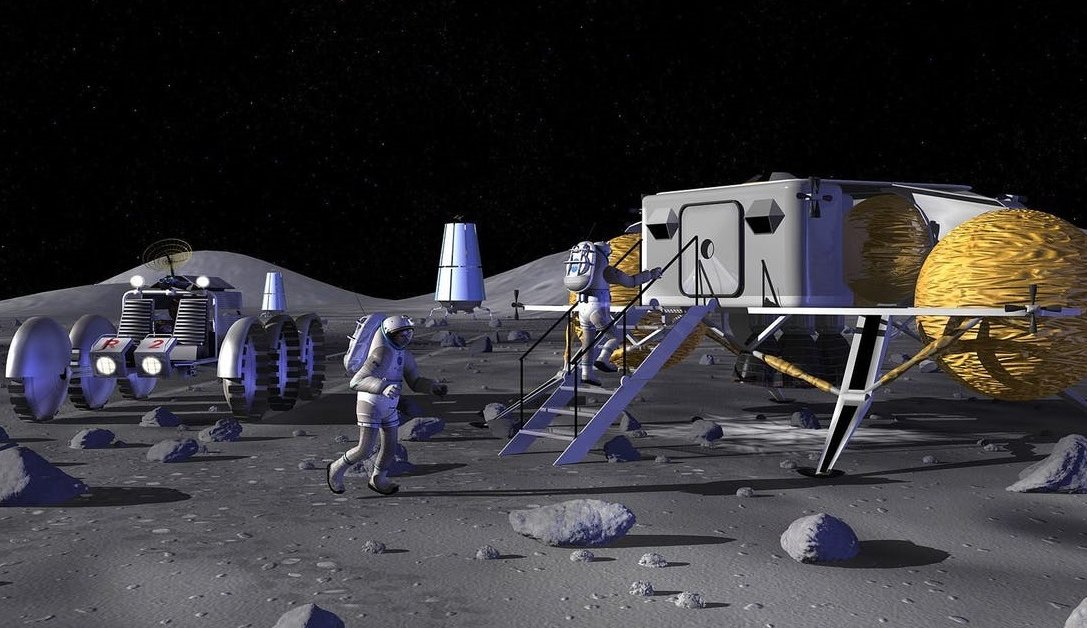
It seems that the three have a bigger plan than just going to the place they arrived 46 years ago. Perhaps, the moon will be a stop for NASA to reach Mars.
- The First Space Hotel In The World Will Welcome 400 Guests
- Startup Builds Vehicle With Soviets Tech To Collect Space Garbage
- Russia Will Build A Lunar Space Station With China Because It's Done With NASA
NASA has just announced three US companies to build moon landers which could go to the Moon next year. It seems that they have a bigger plan than just going to the place they arrived 46 years ago. Perhaps, the moon will be a stop for NASA to reach Mars.
Artemis, NASA's new moon program, aims to bring people to the moon again in just five years and to settle down there. After the announcement of John F. Kennedy, it took NASA's Apollo 11 to land on the moon. However, building a base on the planet is an ambitious plan with a much loftier goal.
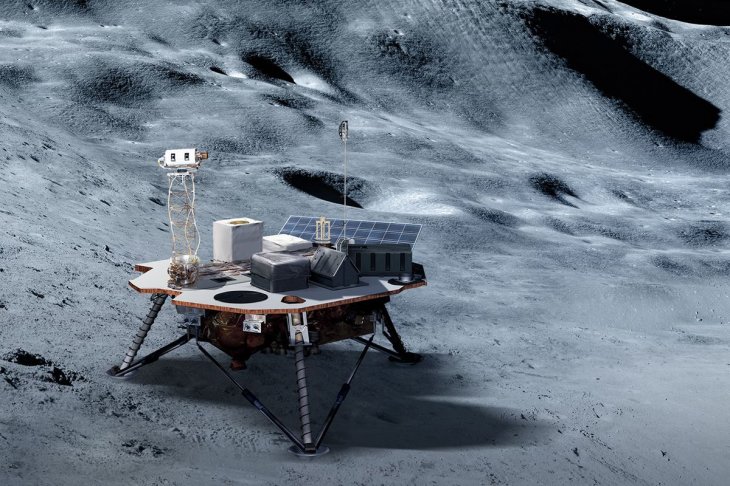
Before astronauts are taken to the moon, the necessary scientific equipment will be sent there first by lunar landing craft, under the program Commercial Lunar Payload Services (CLPS).
Thomas Zurbuchen, associate administrator of the Washington-based Science Mission Directorate at NASA, spoke to the press on Friday:

NASA spokesperson also said about their plan of landing ship with Inverse:

NASA also said:

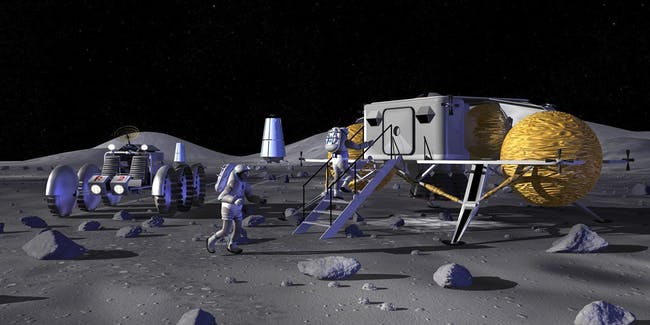
Astrobotic based in Pittsburgh and New Jersey-based Orbit Beyond are two of the three companies that NASA has co-produced the moon lander. Both companies have had considerable experience in the Lunar X Prize competition, which is a private race to land on the moon with a prize of up $30 million sponsored by Google.
This competition is sometimes known as Moon 2.0 and its deadline was originally at the end of 2014. However, it lasted until March 2018. The competition ended without a winner because no team completed the challenge and the prize does not belong to any team. But the knowledge and initiatives that this competition has brought are invaluable. NASA is now hoping that they can take advantage of that knowledge for future ambitious plans.
These are the information that three companies are building on three lunar landers for NASA:
Intuitive Machines
Intuitive Machines will get 77 million dollars to transport up to 5 loads of NASA to Oceanus Procellarum, a large basaltic plain where astronauts of the Apollo 12 explored in 1969. Carried by the Nova-C lander, which can haul 100kg, the equipment will land on the moon in 2021. Nova-C uses a technology developed by NASA in a planetary-lander initiative called Project Morpheus running between 2010 and early 2015. According to the company, the key researchers in the success of the lander Morpheus left government service and established Intuitive Machines.
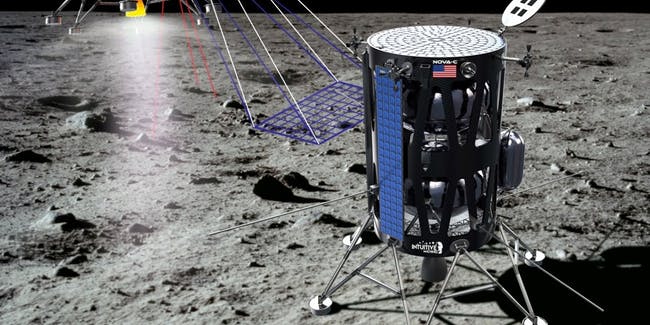
Astrobotic
Astrobotic, based in Pittsburgh, is building a 5-engine lander for NASA called Peregrine. It can transport equipment and goods weighing 265kg onto the surface of the moon. Astrobotic was founded in 2008 to win the prize at the Google Lunar X Prize competition. NASA now has to pay Astrobotic 1.2 million dollars per kilogram of payloads to transport to the lunar surface. NASA is not its only customer, there are more than a dozen other organizations that also register the payload in this company's first mission. Peregrine will transport 14 NASA payloads to Lacus Mortis. This is a basalt plain located in the northeast of the moon. The new deal is worth $79.5 million.
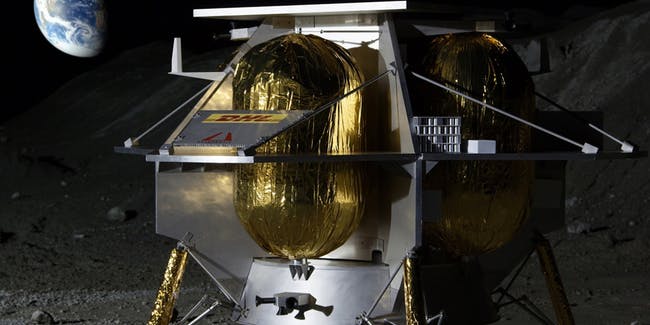
Orbit Beyond
Orbit Beyond received NASA's $97 million to transport up to 4 payloads to the Mare Imbrium lava plain in September next year. Orbit Beyond's completion time seems earlier and more ambitious than Intuitive Machines and Astrobotic. India-based Team Indus is one of Orbit Beyond's partners and also one of the last five resting teams in the Google Lunar X Prize competition. The Z-01 lander has been used by Orbit Beyond to carry 40kg to the lunar surface.
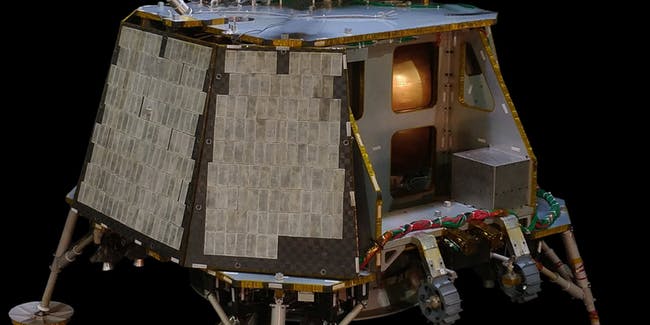
Orbit Beyond and Intuitive Machines intend to launch with a Falcon 9 rocket of SpaceX. Currently, Astrobotic hasn't made its decision on its launch provider.
NASA announced its collaboration with Blue Origin and SpaceX last month. The goal is to develop the moon amphibious vessel that comes with the driver. Additionally, NASA collaborated with nine other aerospace-related companies to meet other elements of the Artemis program.
The project includes many other contracts such as building the Gateway on the Moon and improving rockets to support the launches.
Featured Stories

Features - Jul 01, 2025
What Are The Fastest Passenger Vehicles Ever Created?

Features - Jun 25, 2025
Japan Hydrogen Breakthrough: Scientists Crack the Clean Energy Code with...

ICT News - Jun 25, 2025
AI Intimidation Tactics: CEOs Turn Flawed Technology Into Employee Fear Machine

Review - Jun 25, 2025
Windows 11 Problems: Is Microsoft's "Best" OS Actually Getting Worse?

Features - Jun 22, 2025
Telegram Founder Pavel Durov Plans to Split $14 Billion Fortune Among 106 Children

ICT News - Jun 22, 2025
Neuralink Telepathy Chip Enables Quadriplegic Rob Greiner to Control Games with...

Features - Jun 21, 2025
This Over $100 Bottle Has Nothing But Fresh Air Inside

Features - Jun 18, 2025
Best Mobile VPN Apps for Gaming 2025: Complete Guide

Features - Jun 18, 2025
A Math Formula Tells Us How Long Everything Will Live

Features - Jun 16, 2025
Comments
Sort by Newest | Popular